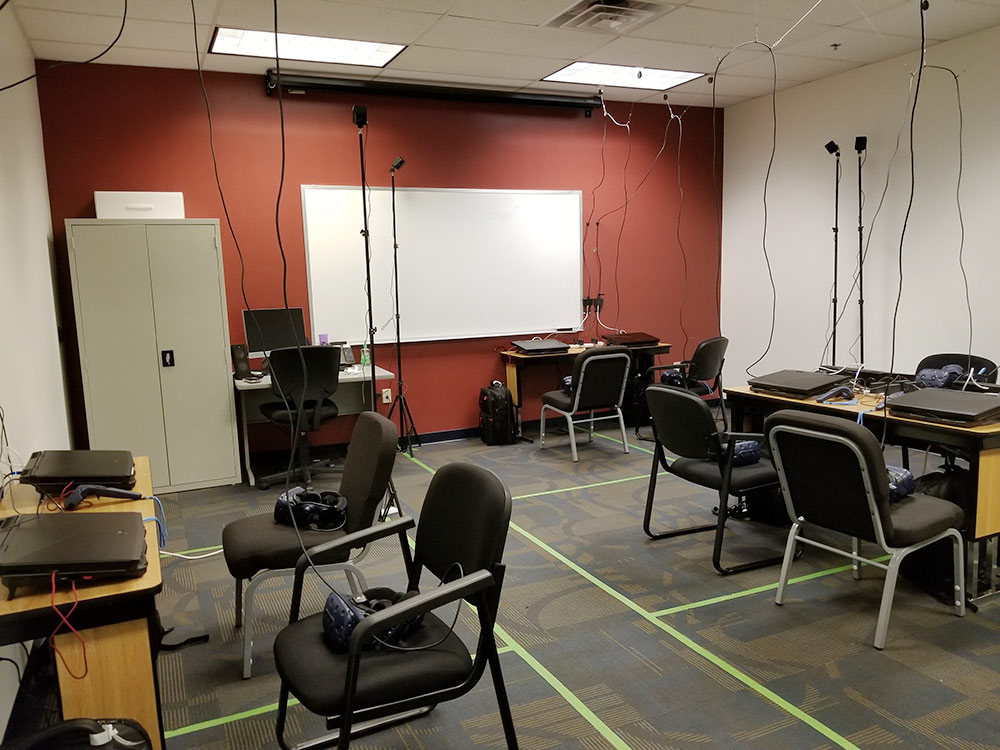by Tracy Chesney PhD(c), MSN-Ed, RN, CNE, CHSE, CHSOS
Four years ago, getting started with immersive Virtual Reality was like the pioneering days. First, we had to hitch the horse to the wagon and blaze new trails over unknown territory.
My first personal immersive VR headset was the Samsung Gear. It worked with a Samsung phone and required a Facebook account to get to Oculus. The VR experience lasted as long as the smartphone had battery power. A more extended adventure required plugging the smartphone in. The length of the power cord limited my ability to move around. Still, it was incompatible with an Apple phone. It was fun and fabulous for personal use, kind of like riding a pony.
What I needed for Nursing education was not a horse and pony show. I needed an Arabian stallion or Clydesdale horse pulling a stagecoach. In 2018, the top immersive headsets were the Oculus Rift and the HTC Vive Pro. At that time, both required tethering to a gaming computer or laptop. In 2018 and 2019, we were still hitching our immersive headsets to our gaming laptop wagons. Defining the play space required base stations mounted to the wall or table-mounted technology. The tethered cords needed to be lifted from the floor to ensure user safety. When we did not use the virtual immersive reality laboratory (VIRL), the various tether lifting technology made the space look like Spider-Man had visited.
The various events of 2020 and 2021 brought some exciting changes to our technological lives. No longer did we need to hitch our horse to the wagon. Being tethered to the gaming laptop became optional as immersive headset technology advanced quickly past the Model T-Ford to the untethered immersive headsets of today. In 4 short years, the horse and the wagon days of tethered immersive virtual reality have become technology history.
In short, untethered immersive headsets have changed virtual reality use options in today’s healthcare environment in three major ways:
- Users can access virtual platforms from any location which supports the required bandwidth.
- The design of immersive headset labs encourages open floor plans. Six square feet of space, no computer needed, and the ability to self-define the user play space has eliminated base stations on the wall or table-mounted technology.
- Untethered immersive headsets bring engagement to shopping, patient care, mental health treatment, exercise, meditation, education, professional training and competency, as well as shifting various communities to a user-driven pedagogy.
Is the untethered immersive headset the Arabian stallion or Clydesdale horse? I suspect not. As technology advances, we will see a blending of technology capabilities. However, untethered immersive headsets are not available to everyone yet. Therefore, it is critical that the technology platforms still provide access to computer-based and headset-based options.
VRpatients is adaptable to the technological advances of today and anything the future brings. Check out the capabilities VRpatients will provide for your program’s education, professional training, and competency needs by requesting a demo today.

